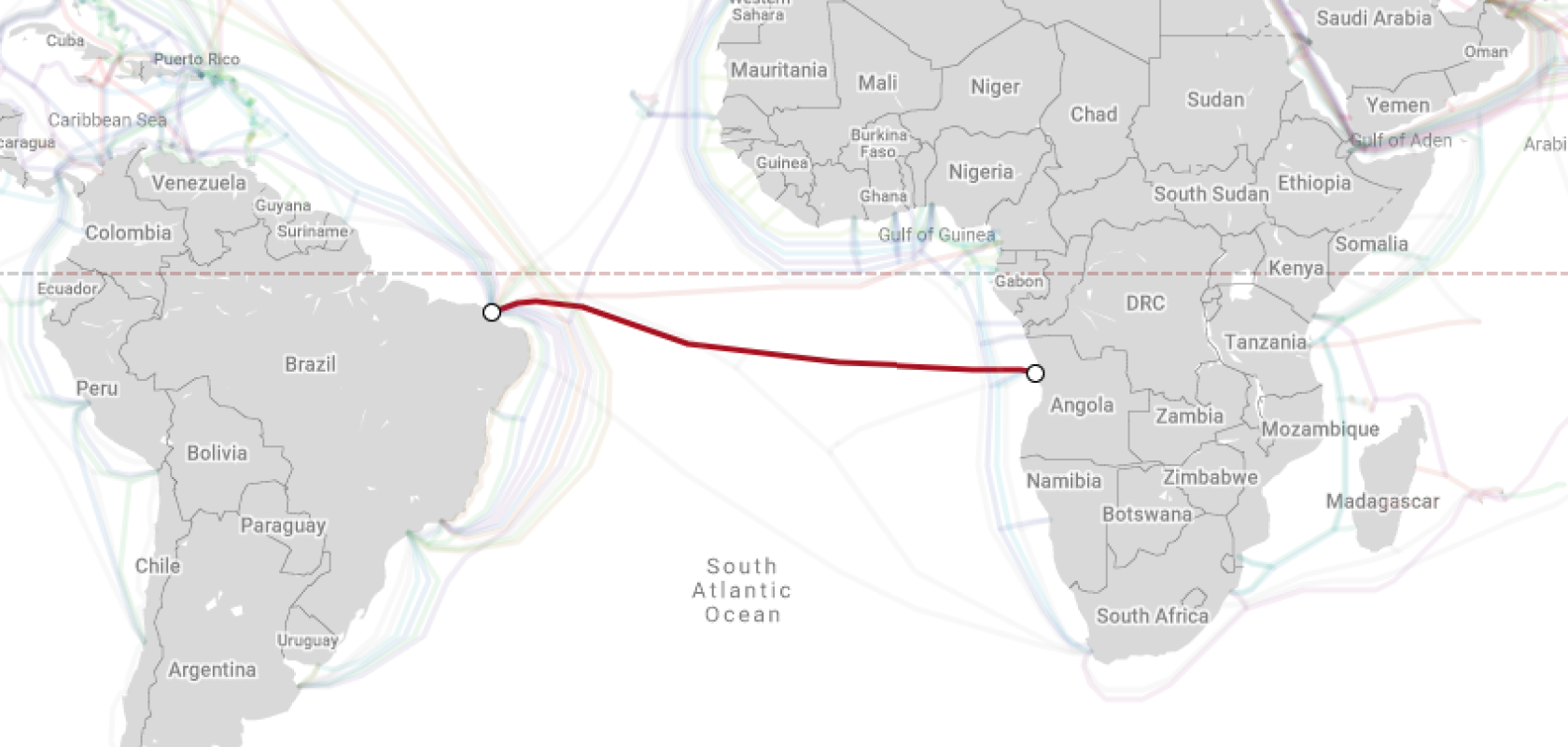Angola Cables is trialling Nokia’s Photonic Service Engine 3 (PSE-3) chipset for the first direct subsea optical connection between the USA and Africa.
The route provides direct, low-latency trans-Atlantic routing and aims to simplify the turn-up of services for the rapidly growing data consumption markets in Africa. Two existing subsea cable systems will be connected – SACS (South Atlantic Cable System) and MONET, allowing 300Gb/s of traffic between Miami and Luanda.
SACS, owned and managed by Angola Cables, operates between Fortaleza, Brazil and Luanda, Angola and is connected to the AngoNAP data centre. The consortium-owned MONET connects Santos/Fortaleza with Florida/USA.
The test is designed to add more capacity to an already low latency network. According to the International Telecommunication Union (ITU), sub-Saharan Africa has recorded the highest growth in internet use globally over the past decade, from under 10 per cent of the population in 2010, to more than 28 per cent in 2019. Enhanced subsea connectivity is crucial for access to global content and services of this growing user base.
The subsea wavelengths were deployed with Nokia's 1830 photonic service interconnect (PSI) data centre interconnect platform using the PSE-3 chipset. The 1830 PSI provisioned optical wavelengths at 300Gb/s using probabilistic constellation shaping (PCS) to optimally shape the signals to the specific characteristics of the 12,635km cable, achieving operation near the theoretical limits of the system.
Fernando Azevedo, technical director at Angola Cables, said: ‘With Nokia’s PSE-3, Angola Cables can optically interconnect the MONET and SACS submarine fibre optic cables, enabling more capacity and a further reduction in latency between content providers in North America and the rapidly growing data consumption markets in Africa.’
Sam Bucci, head of optical networking at Nokia, added: ‘Africa is a strategic growth market for Nokia across both our core CSP and webscale businesses. We are proud to partner with Angola Cables to apply our ground-breaking PSE-3 technology to a unique and challenging subsea route, helping to deliver enhanced services to a rapidly developing part of the world.’


